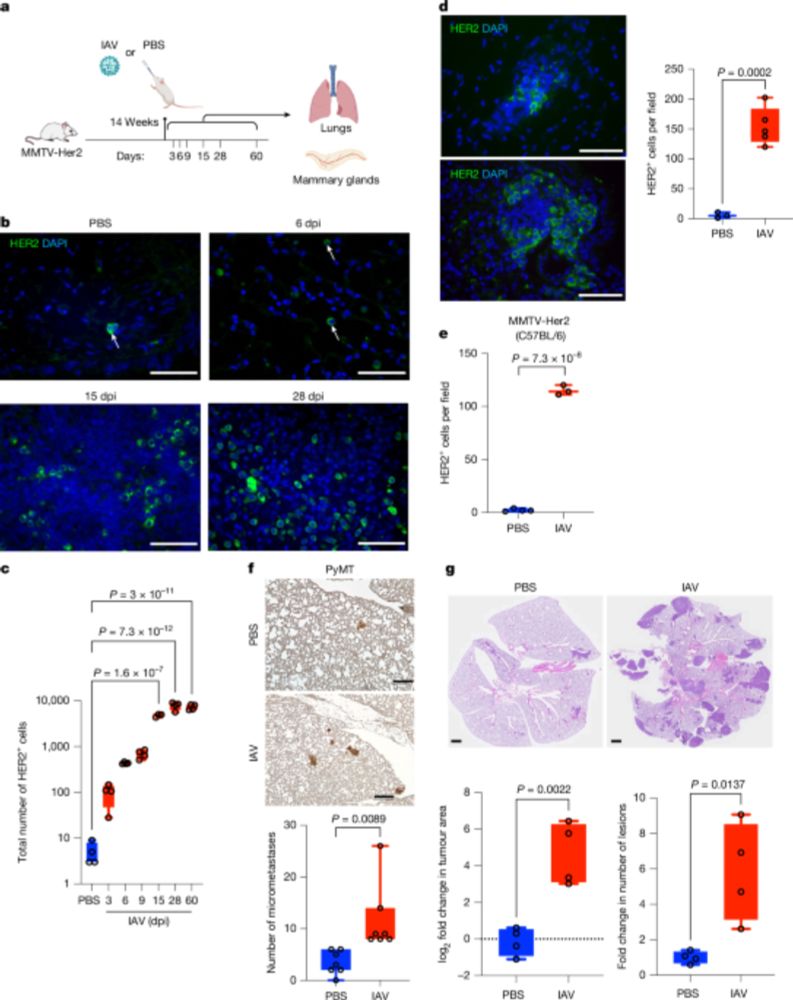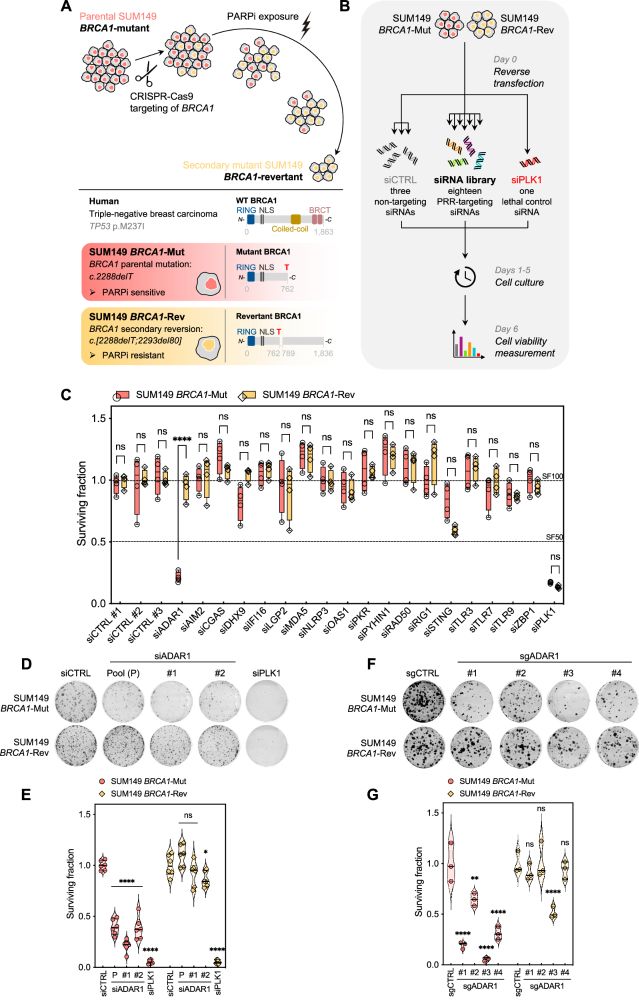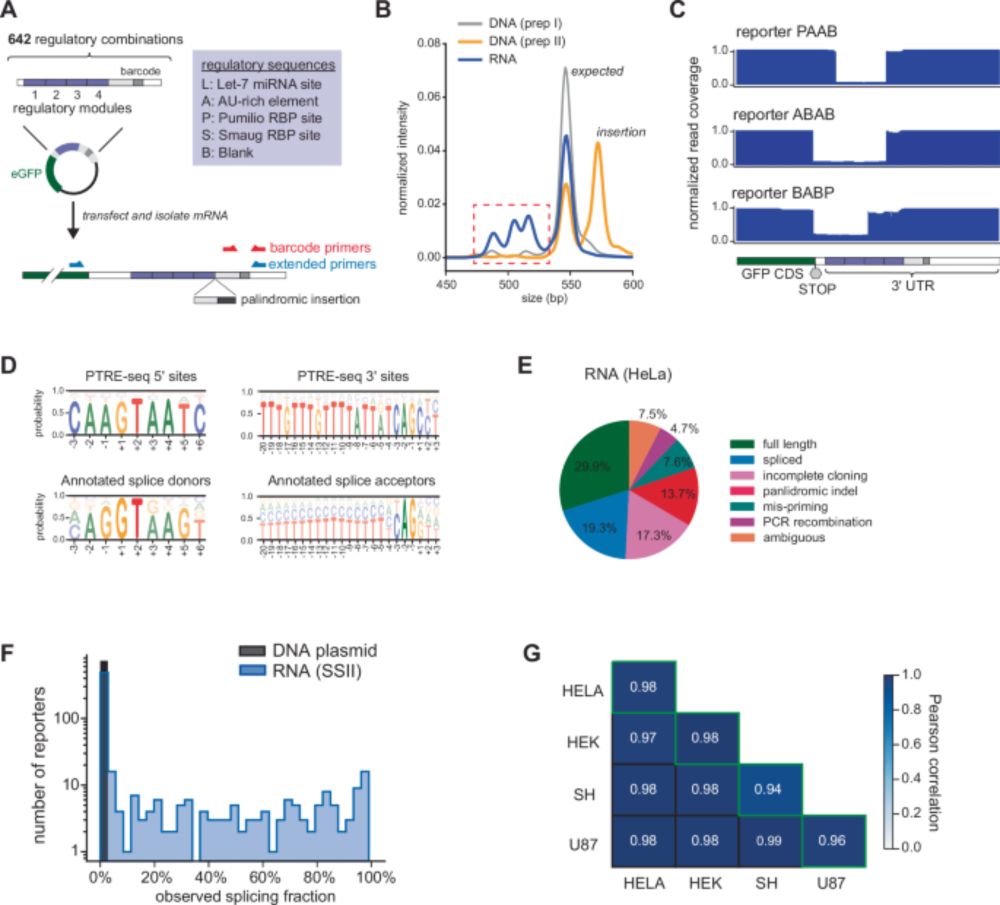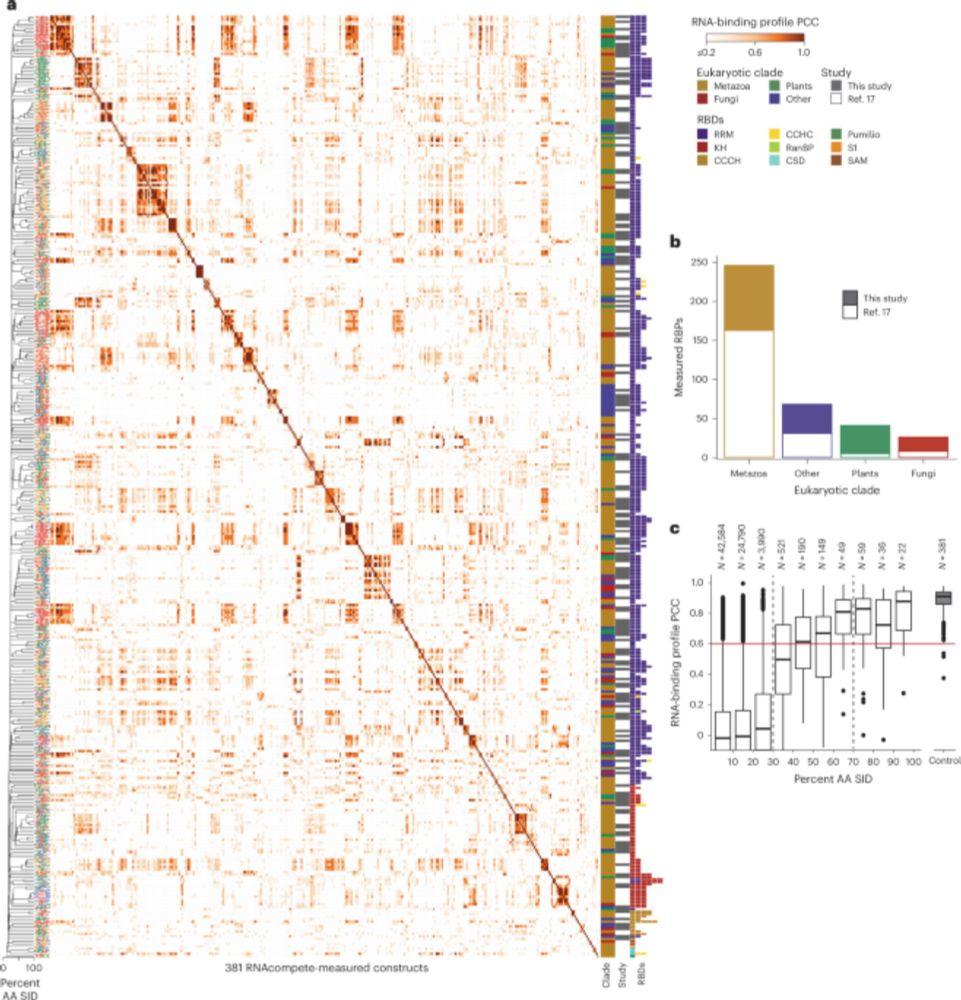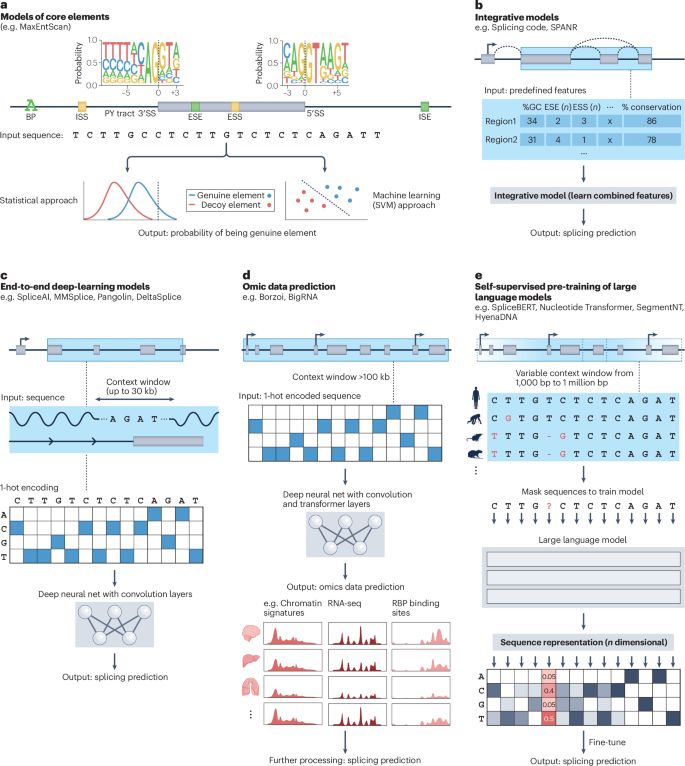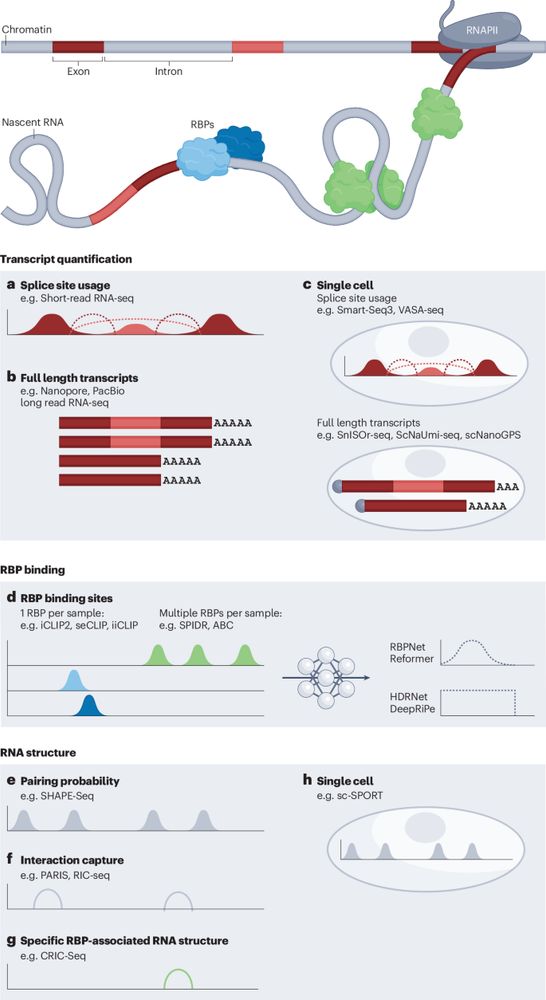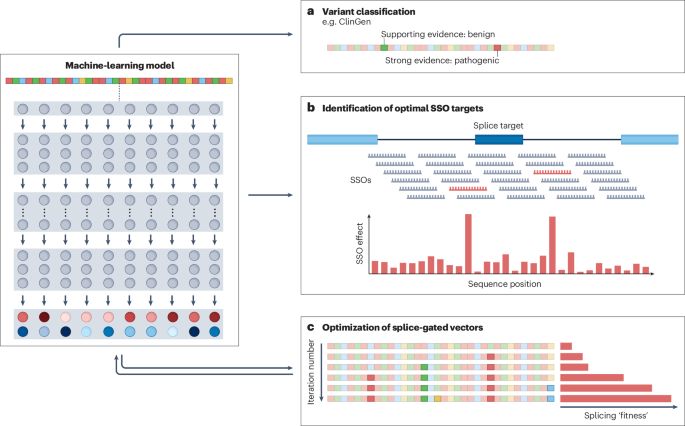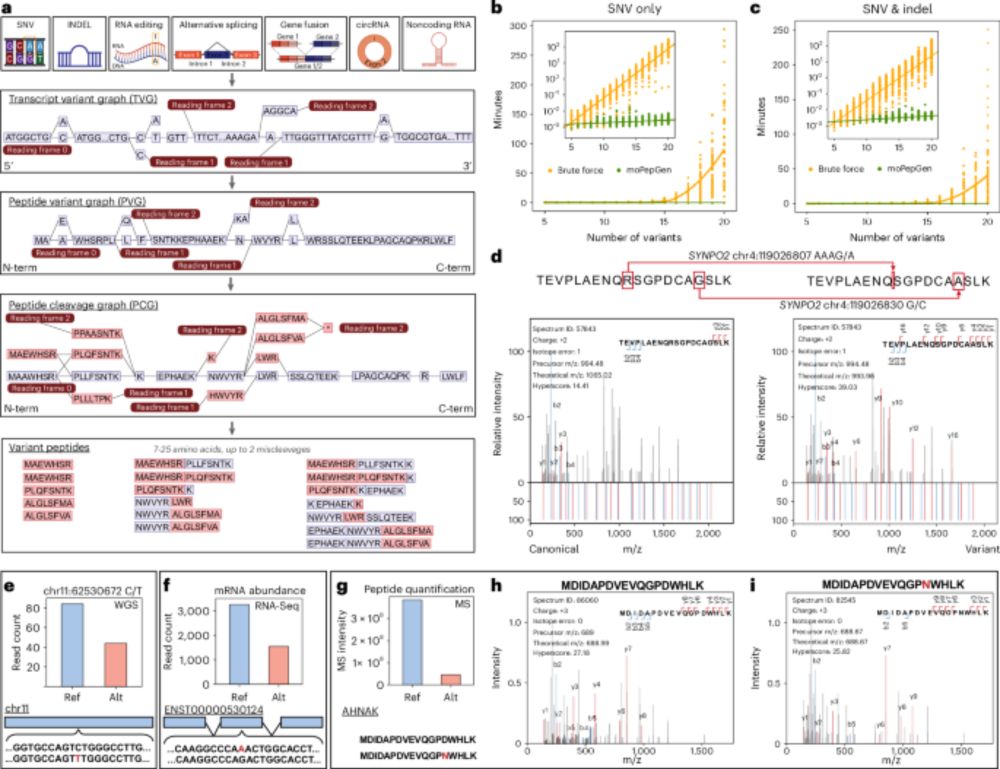Olga Anczukow
@olgaanczukow.bsky.social
500 followers
730 following
6 posts
RNA splicing, Cancer, Aging, and Rare Diseases | Associate Professor The Jackson Laboratory https://www.anczukowlab.com
Posts
Media
Videos
Starter Packs
Reposted by Olga Anczukow
Reposted by Olga Anczukow
Reposted by Olga Anczukow
Reposted by Olga Anczukow
Reposted by Olga Anczukow
Reposted by Olga Anczukow
Reposted by Olga Anczukow
Dave Shechner
@shechnerlab.bsky.social
· Jul 23
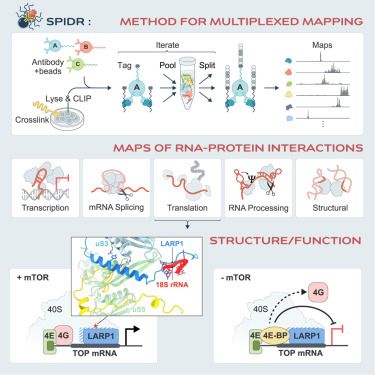
SPIDR enables multiplexed mapping of RNA-protein interactions and uncovers a mechanism for selective translational suppression upon cell stress
SPIDR, a massively multiplexed method that simultaneously maps dozens of RNA-binding
proteins to their RNA targets at single-nucleotide resolution, uncovers new RNA-protein
interactions and provides c...
www.cell.com
Reposted by Olga Anczukow
Reposted by Olga Anczukow
Reposted by Olga Anczukow
Ana Fiszbein
@anafiszbein.bsky.social
· May 16

U1 snRNP regulates alternative promoter activity by inhibiting premature polyadenylation
Kim et al. uncover a role for U1 snRNP in regulating internal promoter activity. Beyond
its canonical role in splicing, U1 snRNP suppresses premature polyadenylation, enabling
upstream transcription t...
www.cell.com















